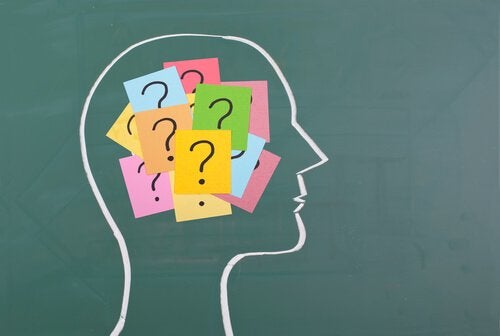What if your romantic partner left you? You’d probably say it’s a terrible thing, but is it really that terrible, how many worse things are there in this world?How many are more terrible than abandoning our sentimental partner, or our son failing on a subject?I’m sure you’re wondering why I’m asking you these questions. The answer: now let’s talk about cognitive restructuring.
Cognitive restructuring is a technique that focuses on our thoughts, teaches people to replace these inappropriate thoughts with others that help them not suffer too much, so cognitive restructuring is one of the most suggestive cognitive behavioral techniques in a psychologist’s repertoire. we change certain thoughts, we will change the emotions associated with them, which will make us feel better.
- Cognitive restructuring means that the client.
- With the help of a psychologist.
- Identifies and questions their inappropriate thoughts so that they are replaced by more appropriate ones and reduce or eliminate the emotional disorders caused by the former.
In cognitive restructuring, thoughts are considered hypotheses. The therapist and patient work together to collect data to determine whether these assumptions are correct or helpful. Instead of telling patients what other thoughts are valid, the therapist asks a series of questions. You’ll plan behavioral experiences for patients to evaluate and test their negative thoughts.
Finally, the patient will come to a conclusion about the validity and usefulness of these thoughts, as can be seen, the psychologist or therapist imposes nothing, it is the patient himself who draws his conclusions from his experiments.
Cognitive restructuring is based on certain theoretical assumptions, these theoretical assumptions are:
Imagine that we organize a meeting with someone we met recently, we love her very much, but it has been half an hour and she has not yet come, if our interpretation of this is that she is not interested in us, we will be sad. and we won’t have any more contact with her.
However, if we believe that this delay is due to unforeseen or momentary confusion, our emotional and behavioral response will be very different, affection, behavior and physical reactions influence each other and contribute to the maintenance of thoughts.
The cognitive model on which cognitive restructuring is based has been called the A-B-C model by some authors (e. g. Ellis, 1979a). The three letters refer to the following:
A person’s assumptions and beliefs facilitate certain errors in the processing of information. These errors or defects include about regeneration, filtering, dichotomy, catastrophization, etc.
Emotions, behavior and physical reactions influence each other and contribute to the maintenance of cognitions. In the A-B-C model, cognitions always precede emotion; however, emotion can exist for a few moments without prior cognitions.
A basic hypothesis in the use of cognitive restructuring is that cognitions play an important role in explaining human behavior in general and emotional changes in particular.
As we can see, according to cognitive restructuring, events are not responsible for our emotional and behavioral reactions, it is the expectations and interpretations of said events, as well as the beliefs associated with them, that are responsible for how we feel.

